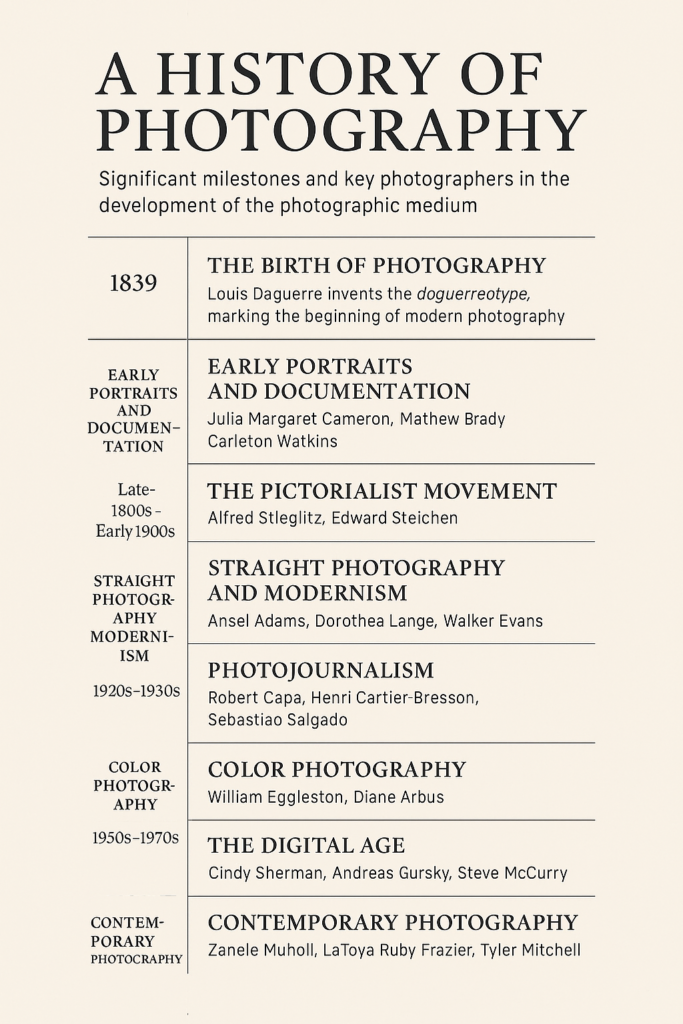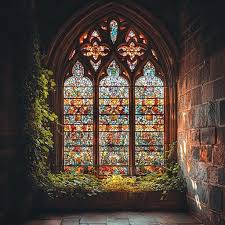From grainy daguerreotypes to high-resolution digital imagery, photography has transformed the way we see and understand the world. More than just a technological achievement, photography is a powerful art form, a witness to history, and a mirror of human expression.
In this post, let’s journey through the evolution of photography—its milestones, innovations, and the legendary photographers who helped shape its artistic legacy.
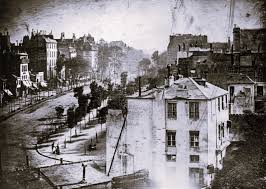
1. The Birth of Photography: Capturing Light and Time
The roots of photography stretch back to the camera obscura, a device used as early as the 11th century to project images onto a surface. But it wasn’t until the 19th century that inventors began finding ways to permanently fix images.
Key Milestone:
• 1826 – Joseph Nicéphore Niépce creates the first known photograph using a process called heliography, capturing a view from his window in France after an exposure of eight hours.
• 1839 – Louis Daguerre invents the daguerreotype, a process that produced detailed images on silver-plated copper. This year is often considered the birth of modern photography.
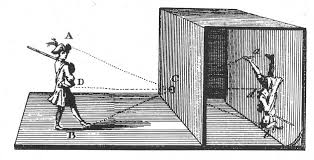
2. Photography Goes Public: Portraits, Landscapes, and Documentation
By the mid-1800s, photography became more accessible. Portrait studios popped up in major cities, and the camera became a tool for documenting people, places, and historical events.
Notable Photographers:
• Julia Margaret Cameron (1815–1879): One of the first to treat photography as a fine art. Her dreamy, soft-focus portraits of Victorian subjects are revered for their emotional depth.
• Mathew Brady (1822–1896): Known as the father of photojournalism. His images of the American Civil War brought the brutal realities of battle to the public eye.
• Carleton Watkins (1829–1916): Famous for his stunning photographs of Yosemite, which helped influence the creation of national parks in the United States.

3. The Pictorialist Movement: Photography as Fine Art
As the 19th century gave way to the 20th, photographers began to challenge the idea that photography was merely a mechanical process. The Pictorialists believed photography should evoke emotion and imitate painting through soft focus, careful composition, and moody lighting.
Notable Figures:
• Alfred Stieglitz (1864–1946): A pivotal figure in elevating photography to the realm of fine art. His journal Camera Work and New York gallery 291 showcased both photographers and modern artists like Picasso and Matisse.
• Edward Steichen (1879–1973): Bridged the gap between art and fashion photography. Later curated the monumental Family of Man exhibition at MoMA.

4. Straight Photography and Modernism
By the 1920s and 1930s, a new generation of photographers rejected painterly effects in favor of sharp focus, detail, and realism. This was the rise of Modernist photography, with an emphasis on form, abstraction, and truth in imagery.
Key Artists:
• Ansel Adams (1902–1984): Master of black-and-white landscape photography. His dramatic images of the American West and development of the Zone System made him a technical and artistic giant.
• Dorothea Lange (1895–1965): Documented the Great Depression and gave a human face to suffering. Her photograph Migrant Mother became an enduring symbol of resilience.
• Walker Evans (1903–1975): Known for his stark, straightforward documentation of American life. His work with the FSA and later his collaboration with writer James Agee (Let Us Now Praise Famous Men) are photographic landmarks.
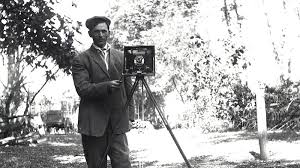
5. War and Witness: Photojournalism in the 20th Century
The 20th century saw photography embedded in every major conflict and political movement. Cameras became tools of testimony, exposing injustice, capturing history in the making, and shaping public opinion.
Powerful Voices:
• Robert Capa (1913–1954): Covered five wars with a visceral immediacy. His motto: “If your pictures aren’t good enough, you’re not close enough.”
• Henri Cartier-Bresson (1908–2004): Father of street photography and co-founder of Magnum Photos. Known for the “decisive moment”—capturing the perfect alignment of time and composition.
• Sebastião Salgado (b. 1944): His haunting black-and-white images document social and environmental crises with poetic gravitas.

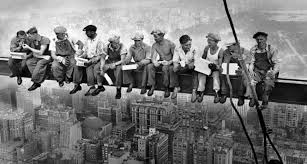
6. Color Photography and Commercial Expansion
While black and white dominated the early decades, color photographyslowly gained artistic legitimacy. By the 1960s and 70s, photographers like William Eggleston and Stephen Shore embraced color to document ordinary life with new vibrancy.
Game Changers:
• William Eggleston (b. 1939): Credited with legitimizing color photography as an art form. His images of suburban life reveal the surreal in the everyday.
• Diane Arbus (1923–1971): Known for her empathetic portraits of marginalized people—circus performers, the elderly, the disabled—challenging viewers to see beyond stereotypes.

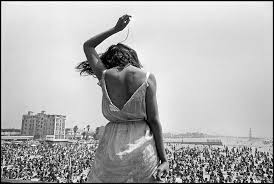
7. Photography in the Digital Age
The late 20th and early 21st centuries ushered in the digital revolution. Film gave way to pixels, darkrooms to screens. Photography became democratized—every smartphone owner a potential documentarian.
Contemporary Voices:
• Cindy Sherman (b. 1954): Explores identity, gender, and performance through staged self-portraits.
• Andreas Gursky (b. 1955): Known for enormous, hyper-detailed images exploring globalization and consumerism.
• Steve McCurry (b. 1950): His vibrant color portraits (like the Afghan Girl) are iconic in the world of global reportage.

8. Photography Today: Art, Activism, and AI
Today, photography intersects with everything from activism to artificial intelligence. Social media has transformed how images are consumed and shared, while contemporary artists use photography to question truth, perception, and power.
Photographers like Zanele Muholi, LaToya Ruby Frazier, and Tyler Mitchell are redefining visual culture, representation, and narrative in the digital age.
Conclusion: The Ever-Evolving Eye
From its origins in 19th-century experiments to its omnipresence on today’s digital platforms, photography remains a living, evolving art form. It is both personal and public, intimate and universal—a lens through which we explore truth, beauty, memory, and change.
As technology continues to shape its future, the soul of photography remains the same: the human desire to capture a fleeting moment and make it last forever.
Thanks for reading. Enjoy this piece of history. Check out more of my blog posts, rkartandesign.com
